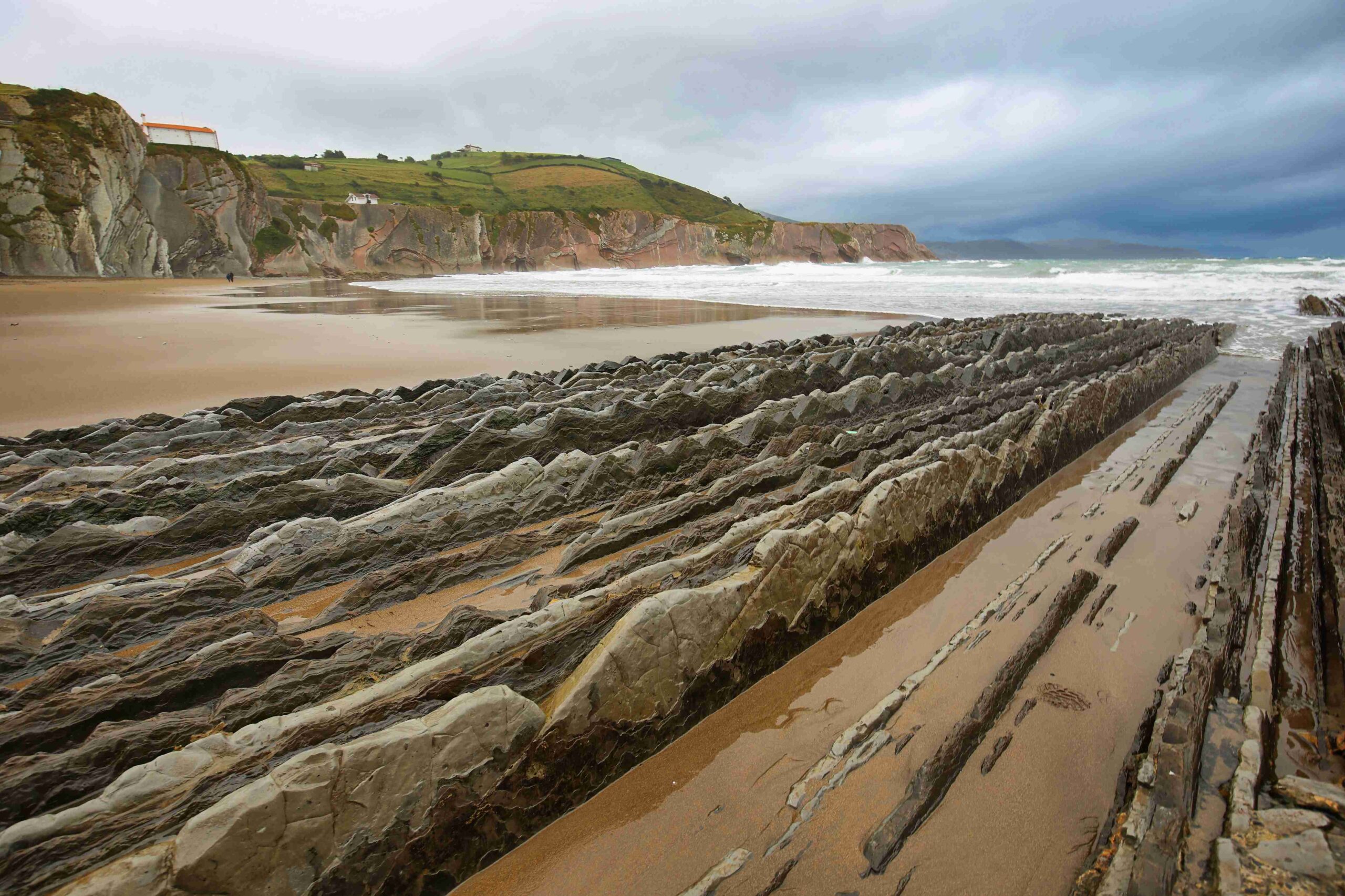HBO’s Game of Thrones has been at the center of numerous discussions on representation and racial dynamics in television. One of the most debated scenes from the show’s third season finale portrays Daenerys Targaryen, a light-skinned protagonist, as a liberator of dark-skinned slaves in the city of Yunkai. The imagery, with Daenerys surrounded by a crowd of freed people who hail her as their savior, immediately sparked discussions about the “white savior” trope in storytelling.
This debate highlights broader concerns about how historical contexts influence audience perception of media. While Game of Thrones is a fictional universe loosely inspired by medieval and ancient history, its presentation carries implications for modern audiences accustomed to associating slavery with racial hierarchies.

Key Takeaways:
- The depiction of Daenerys as a liberator echoes the “white savior” trope, raising concerns about racial representation in mainstream media.
- George R.R. Martin’s original work describes a more racially diverse world, but production logistics in Morocco led to a different on-screen portrayal.
- While Game of Thrones may not intentionally endorse colonialist narratives, its framing may reinforce problematic visual storytelling conventions.
The complexity of Daenerys’ arc, which later challenges the effectiveness of her interventionist approach, may not be fully recognized by casual viewers.
In the literary source material, Martin avoids defining racial identity strictly in relation to geography, and slavery exists as a practice unrelated to race. However, television is a visual medium, and casting decisions shape audience perception. Because the scene was filmed in Morocco, most background actors reflected the local population, unintentionally reinforcing racialized storytelling patterns.
Despite Martin’s efforts to maintain racial neutrality, the optics of a white heroine freeing dark-skinned people can evoke historical comparisons to colonial narratives. Similar issues have arisen in other adaptations, such as Peter Jackson’s The Lord of the Rings, where orcs were largely played by non-white extras from New Zealand.
Addressing the White Savior Trope
While some critics view the Yunkai sequence as an instance of the white savior trope, others argue that Game of Thrones ultimately deconstructs this narrative. Daenerys’ initial victories appear triumphant, but her later struggles to govern Meereen highlight the complexities of top-down liberation. Rather than depicting her actions as unambiguously noble, the show gradually reveals the unintended consequences of her rule.

However, this nuance may not be apparent to all viewers. Since television operates in shorter, more episodic arcs, the subversion of the trope is delayed. The finale’s celebratory framing of Daenerys’ conquest may reinforce the very narrative the show later seeks to critique.
The Bigger Picture
Beyond Game of Thrones, the broader conversation about racial representation in media remains ongoing. While fantasy settings may not explicitly parallel real-world history, the ways in which stories are told still matter. Filmmakers and showrunners must consider how visual storytelling influences interpretation, regardless of intent.
